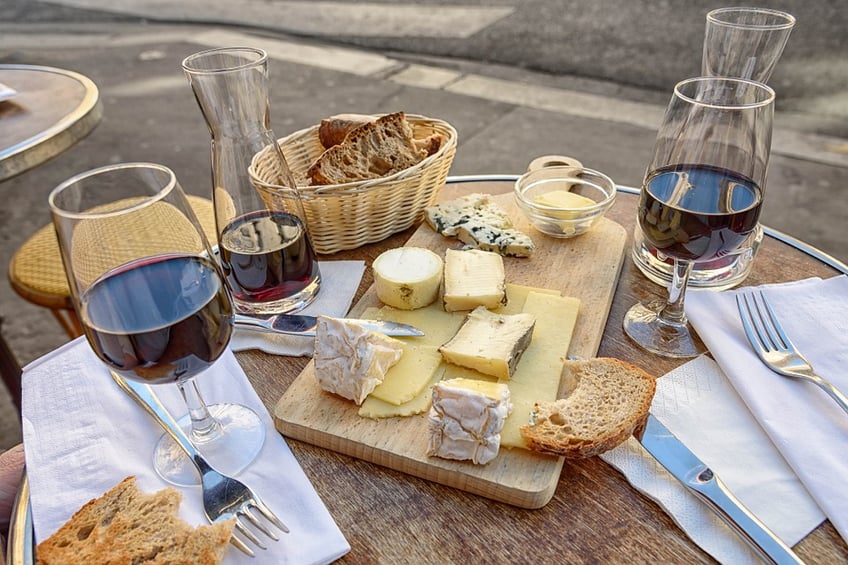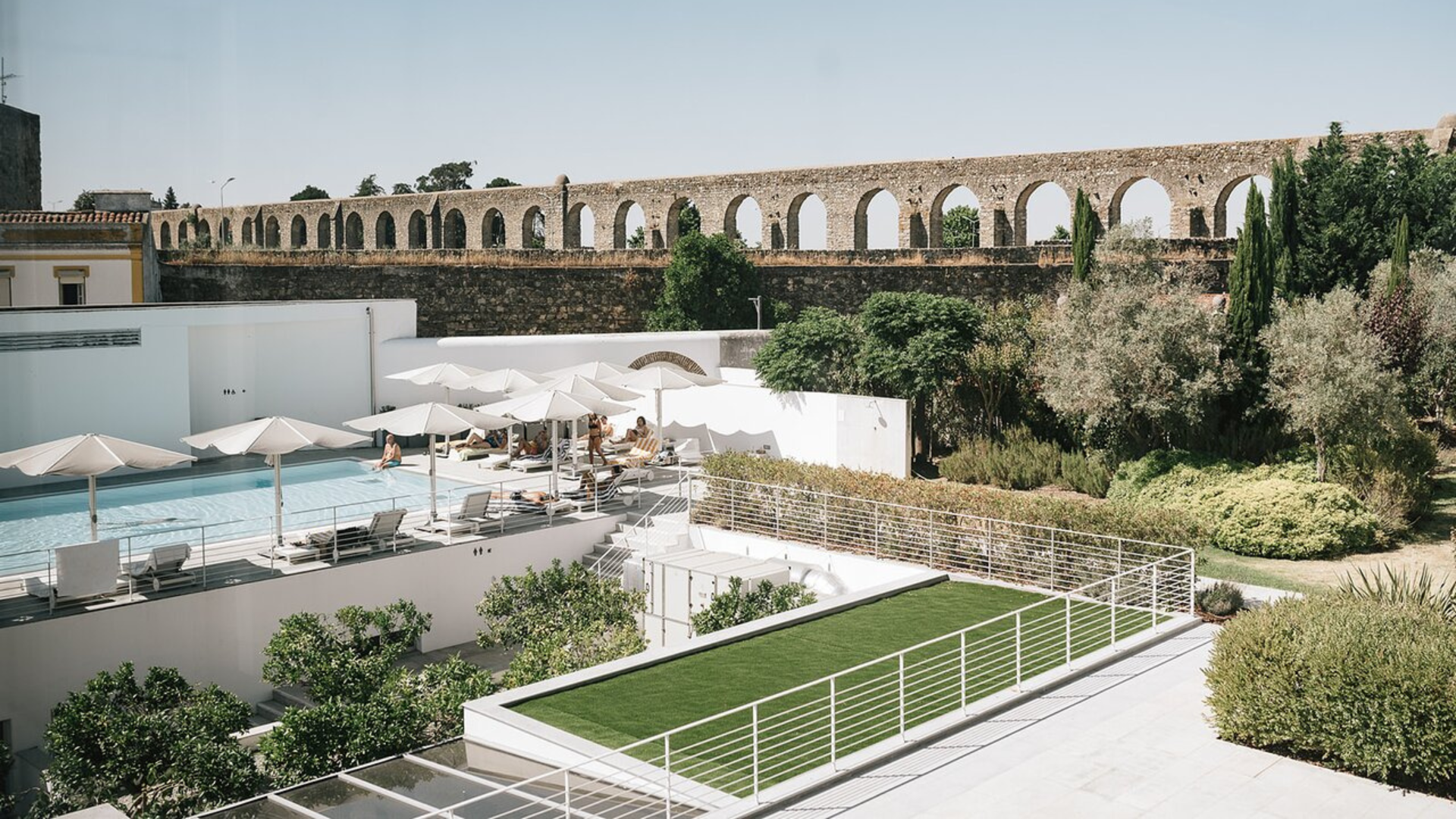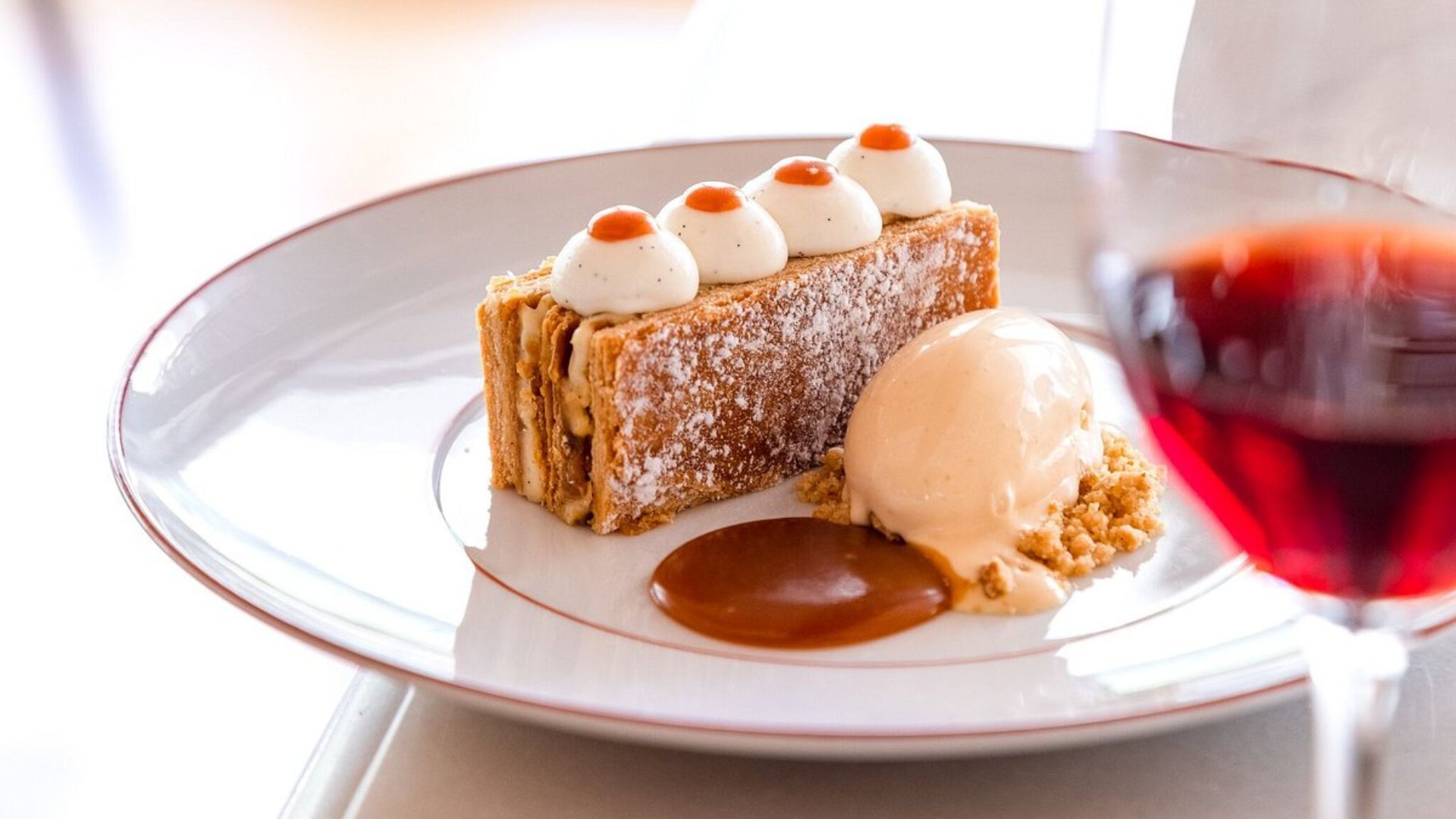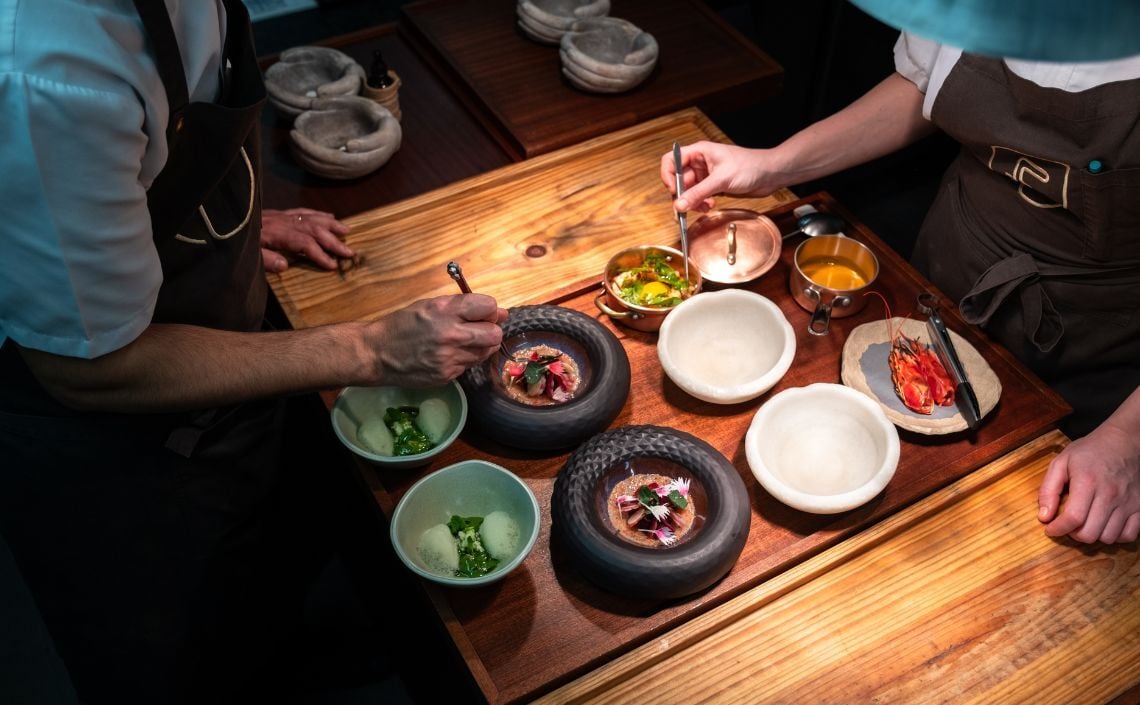Wine and cheese along with bread, man's oldest foods, form the "holy trinity" of the table.
Wine and Cheese
Romeo and Juliet, Tristan and Isolde, Abelard and Heloise, Antony and Cleopatra, Ulysses and Penelope, Henry Higgins and Elisa (My Fair Lady), Scarlett Ohara and Rhett Butler (Gone With the Wind), Heathcliff and Catherine (The Hill of the Howling Winds), Ricky and Ilsa (Casablanca), Elisabeth Taylor and Richard Burton, Ginger Rogers and Fred Astaire, Shiva and Shakti, Yin and Yang, D. Pedro and Inez de Castro, Chopin and George Sand, Clara and Robert Schumann, Sartre and Simone Beauvoir, John and Yoko, Dali and Gala, Peri and Ceci, Lampião and Maria Bonita, Minas Cheese and Cascão Guava marmalade, and of course, one of the greatest couples in history we couldn't miss, Wine and Cheese.
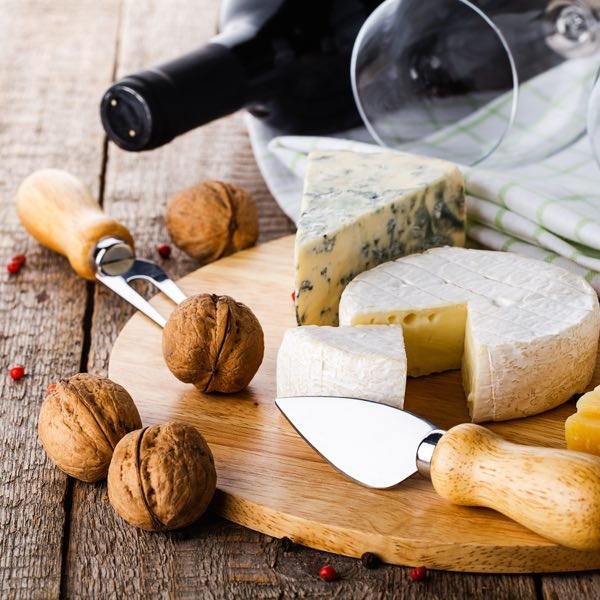
If properly paired, cheese and wine form such a perfect combination that it absolutely justifies the old saying: "to buy wine eat apples, to sell wine serve it with cheese". An allusion to the fact that apples cleanse the palate by making it critical, while the cheese harmonizes so well with the noble drink that it disguises any deficiencies it might have. Wine, cheese and bread together form the "holy trinity" of the table, man's oldest foods.
They are also ideal for summer picnics or snacks because they can be appreciated in their natural state with little or no preparation.

The existing cheese variety is vast and its wine pairing possibilities are endless. In France, for example, cheeses were classified in 1925, well before wines, when they received its AOC (Appelation d'Origine Contrôlée) 10 years later, in 1935. France only has more than 400 classified types of cheese.
Tips to Make Your Wine and Cheese Pairing a Success.
As in wine, the cheese temperature is also important. The ideal serving temperature would be at about 18ºC. The soft cheeses should be removed from the refrigerator half an hour before serving, while the hard ones take at last to hours to achieve the perfect temperature.
They should be taken to the table without the packaging and placed on wood or porcelain proportional to their sizes and, preferably, separated. The ones with rind should be served with it. Do not chop them up too much in tiny pieces. Leave the small cheeses whole, and on the medium-size ones, the cut should just be marked.
Each slice should contain all parts of the piece in proportion, from the rind to the center. Each cheese should be accompanied by its own knife and, if possible, it should be identified with a label or flag.
Avoid cheeses that are too pungent or spicy as they tend to leave you with a dull palate. The option would be to leave them for the end of the event.
As for the variety, try to choose at least five different types, diversifying the raw material (cow's milk, goat, sheep, and buffalo), the type of consistency (hard, smooth and soft) and the maturation stage (fresh, half-cure and cured).
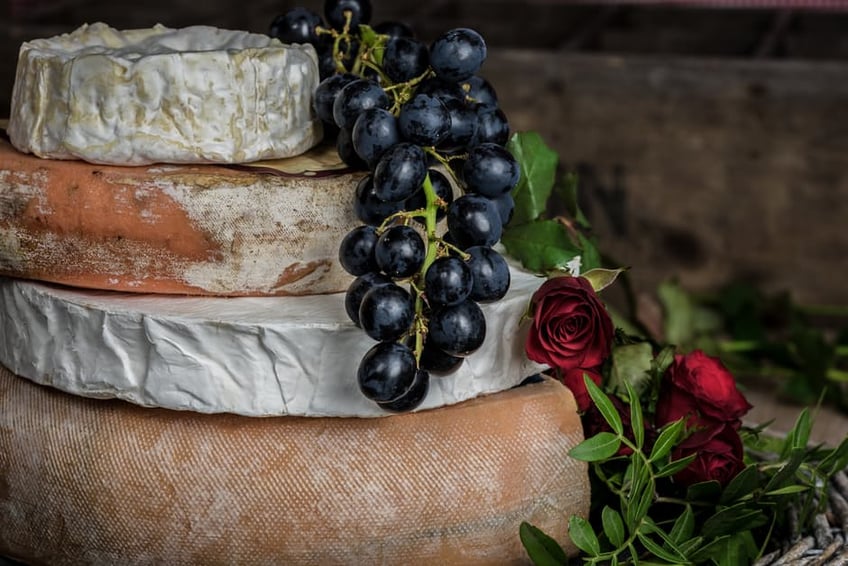
As for wines, a good suggestion is to use at least for types: a dry-white - a Sauvignon Black would be a good choice; a light red, such as a Pinot Noir; a more full-bodied red, like an Australian Shiraz or a good Bordeaux; and a sweet one, such as a Port, to finish.
Concerning the matching up and compatibility, I will be frank and unorthodox. It is very rare to see tasters, at wine and cheese receptions, orderly tasting every cheese with the most appropriate wine. To mitigate the effect of mixtures without discretion, the tip is to avoid extremes, like serving spicy cheeses and ultra-bodied or sweet wines. Save them for last.
Wine and Cheese Pairing Suggestions
Fresh cheese with low acidity and salt (ricotta, minas frescal, cottage, mozzarella, fresh goat), with light and dry-white tines (Sauvignon Blanc, Chardonnays and Rieslings, young and non-barreled). The soft half-cure cheeses, such as Camembert and Brie, ask for a structured white wine as a barreled Chardonnay or a light red, such as Pinot Noir, or even a popular Italian one, like a Valpolicella.
The semi-hard cheeses (Emmental, gouda, half-cure) suggest medium-body reds, as a Chilean Merlot or Spanish Crianza. The hard ones (parmesan, pecorino and cured) are typically paired with a tannic and structured red, a Cabernet Sauvignon with a higher alcohol level, for example. The exception concerns only the salt excess that characterizes these cheeses. The salt and the tannins of the full-bodied reds are a dangerous combination because they tend to leave the mouth dry. The alternative is using a sweet wine, such as a Late vintage one.
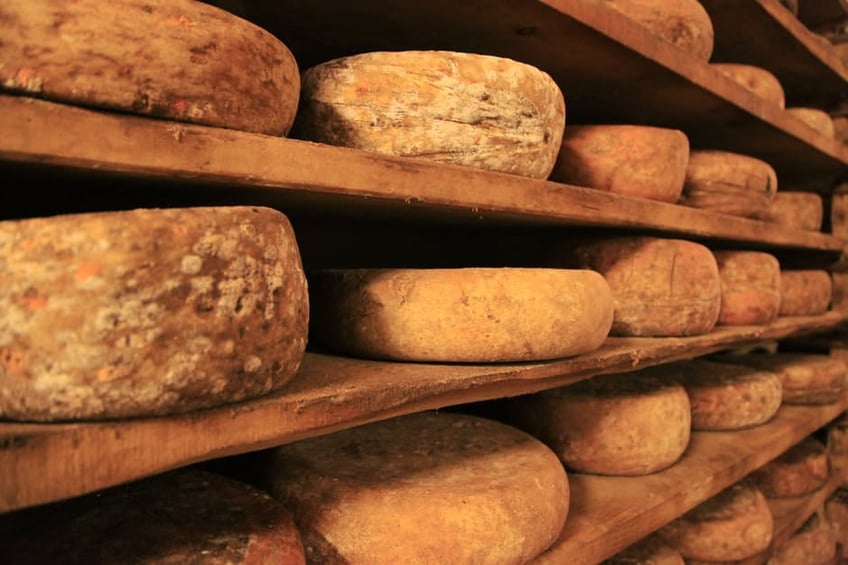
For the blue cheeses (Gongonzola, Roquefort, Stilton) the infallible classic is to use a Ruby Port or a young Vintage Port.
Bread is fundamental. It consolidates the union between wine and cheese. Serve a good variety: Italian, German, French, rye bread, or with nuts. Avoid only the very spiced ones as they tend to compromise the palate. Never serve grapes or very sour fruits, such as pineapple and strawberry, not even to decorate the plate or board, as they might be consumed.
Fleshy fruits are welcome: you may use pears, peaches, and red apples, for example.
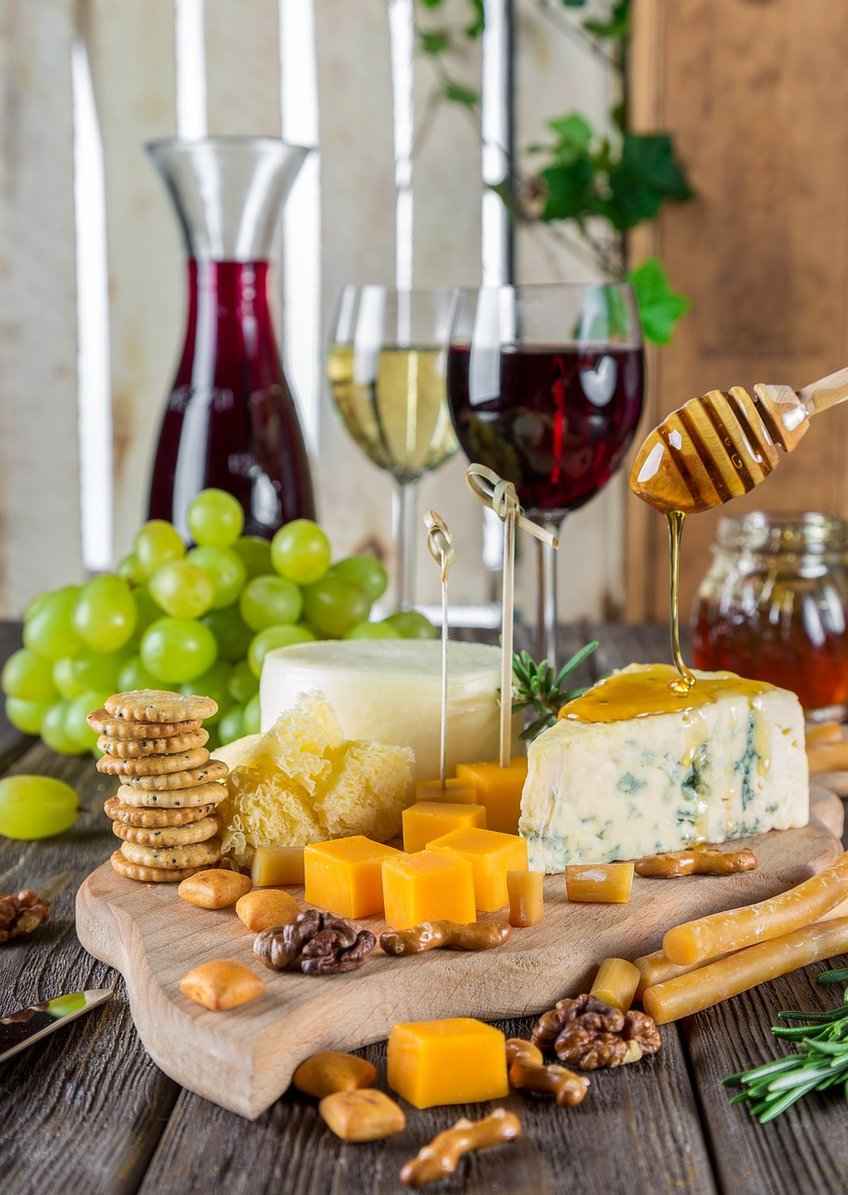
To close in style, how about a Sauterns (sweet white) accompanied by a foi gras chaud? A less sophisticated option would be a whole Gorgonzola dug in the middle and soaked in a Porto Ruby, accompanied by the Same Ruby or a young Vintage Port.
Serve everything with dry or crystallized fruits, nuts and almonds.
For the chocolate lovers, the closing suggestion is a hot chocolate souffle, that can be accompanied by a generous quantity of syrup. This goes quite well with a Port LBV, with a good cognac or with a simple espresso.
